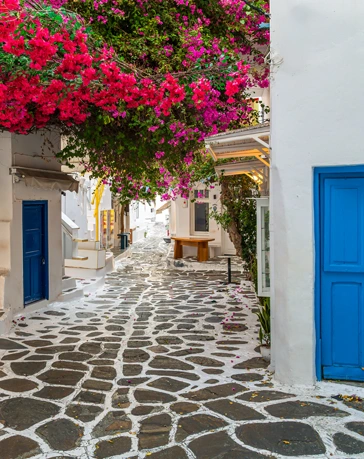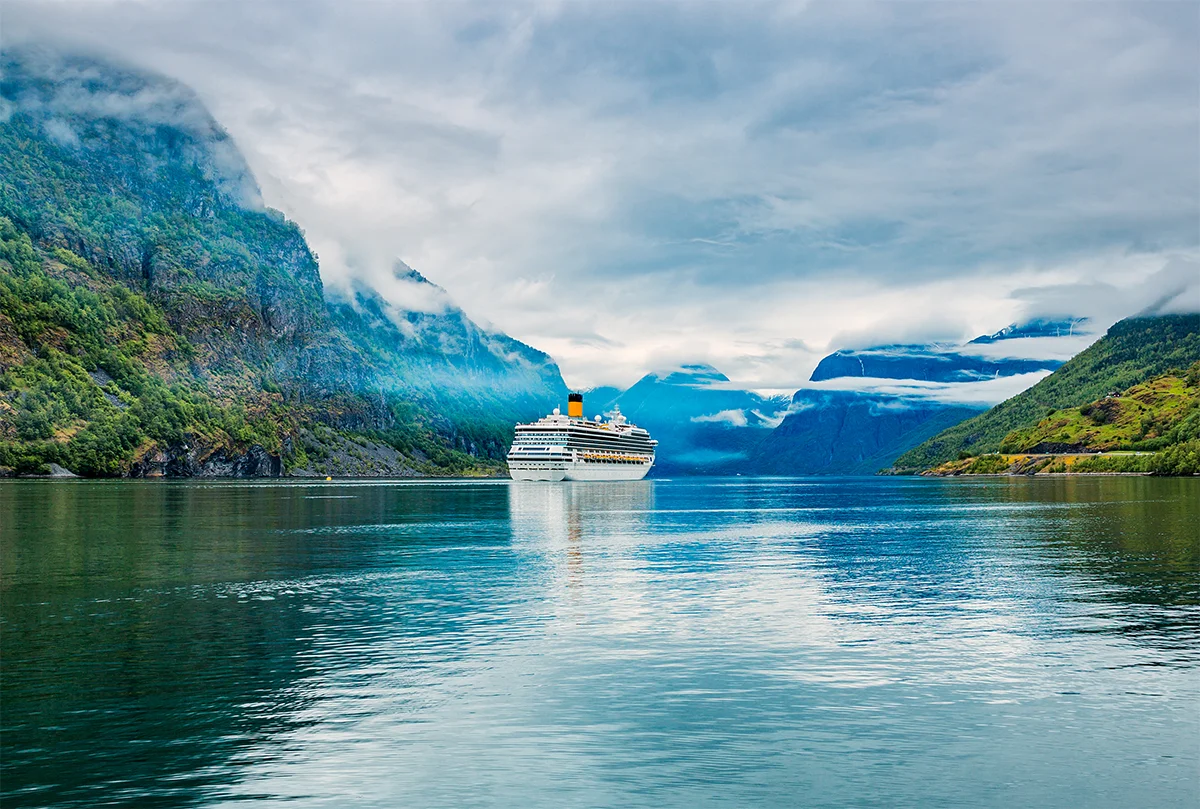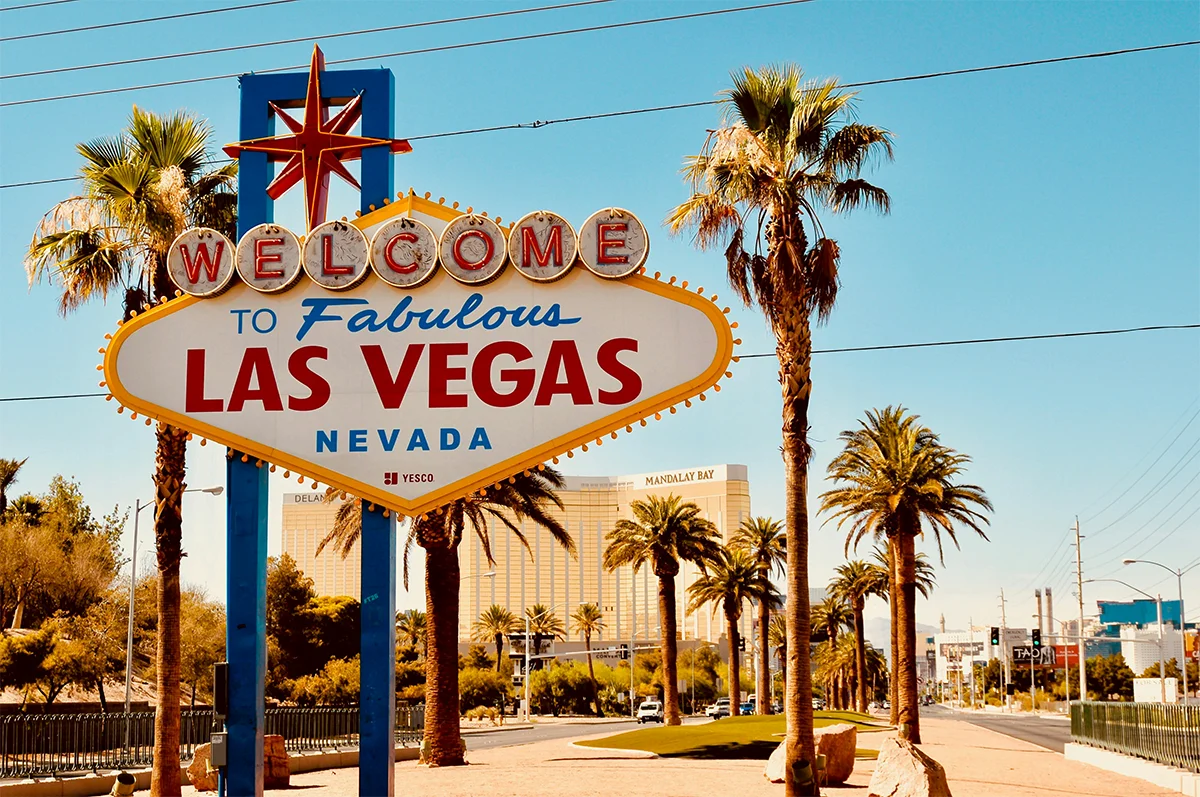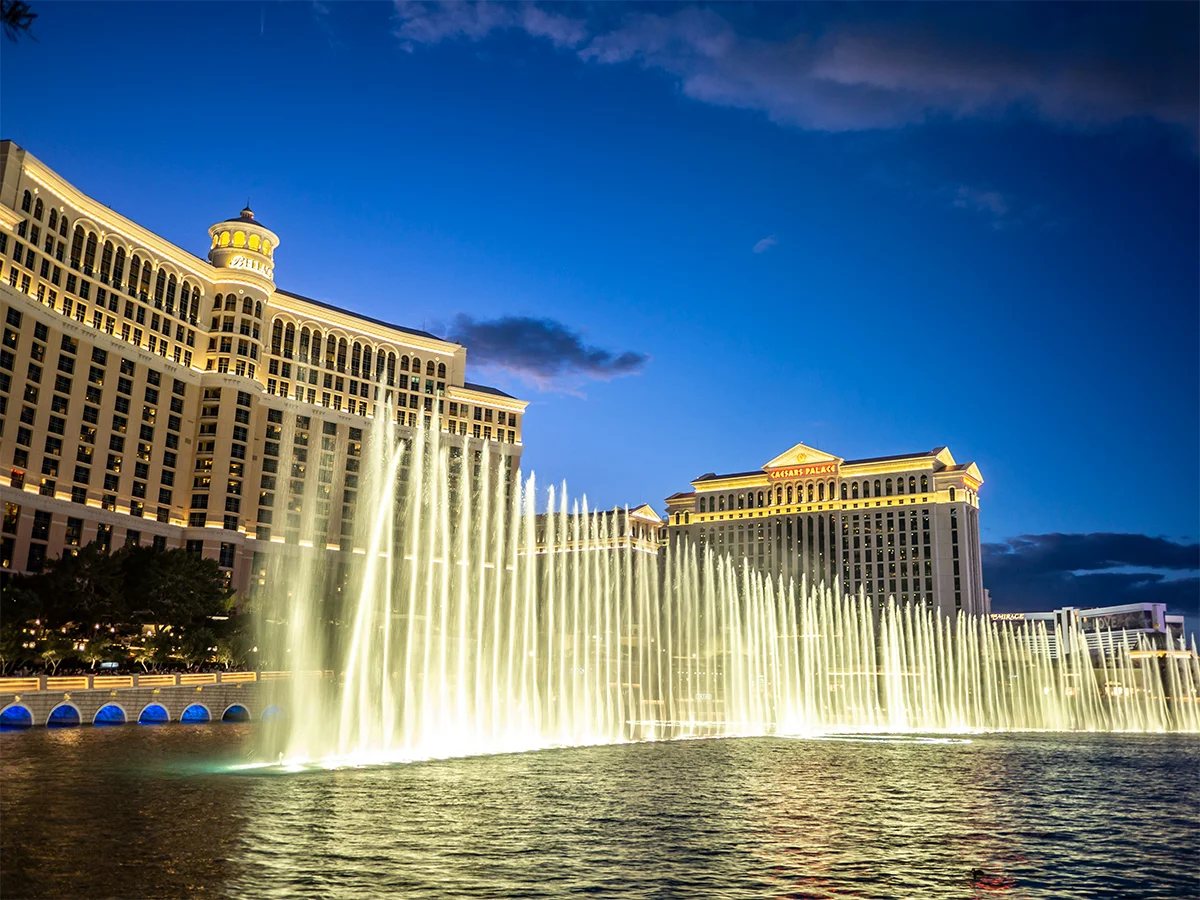Travel Deeper.
Tailored Travel Elevated to Art
At Tray Tables Up, every journey is thoughtfully designed to blend luxury with authenticity. We curate custom experiences that balance iconic destinations with hidden gems, offering you refined comfort, insider access, and unforgettable experiences that capture the true spirit of travel.
Ready to see how your next journey could take shape? Discover our travel planning services and start designing your perfect itinerary.


Hi, I’m Joycelyn.
I believe that luxury travel is about more than five-star hotels or beautiful views. It is about connection, culture, and meaning. I design high-end travel experiences that capture the heart of a destination while keeping every detail effortless for you. With roots in Hong Kong and a lifelong passion for exploring the world, I love crafting journeys that blend refinement with authenticity. Whether it is a private tasting with a local chef, a boutique hotel by the sea, or a hidden market far from the crowds, my goal is to create a trip that feels deeply personal and truly unforgettable. Read more about my philosophy and passion for travel.
Joycelyn May
Here's How It Works
1. Start With a Conversation
Schedule a brief call to share your travel style, interests, and budget.
2. Confirm and Customize
Once the engagement fee is confirmed, I’ll design a tailored itinerary and fine-tune it with you.
3. Enjoy Your Experience
I handle the bookings and logistics so you can simply enjoy the journey.
Joyce was amazing to work with. She listened to everything we wanted plus more. Our suggestions were perfect and we are already planning our next trip with her.
PLAN YOUR NEXT JOURNEY
Schedule a complimentary consultation and let’s begin designing a travel experience tailored just for you.



